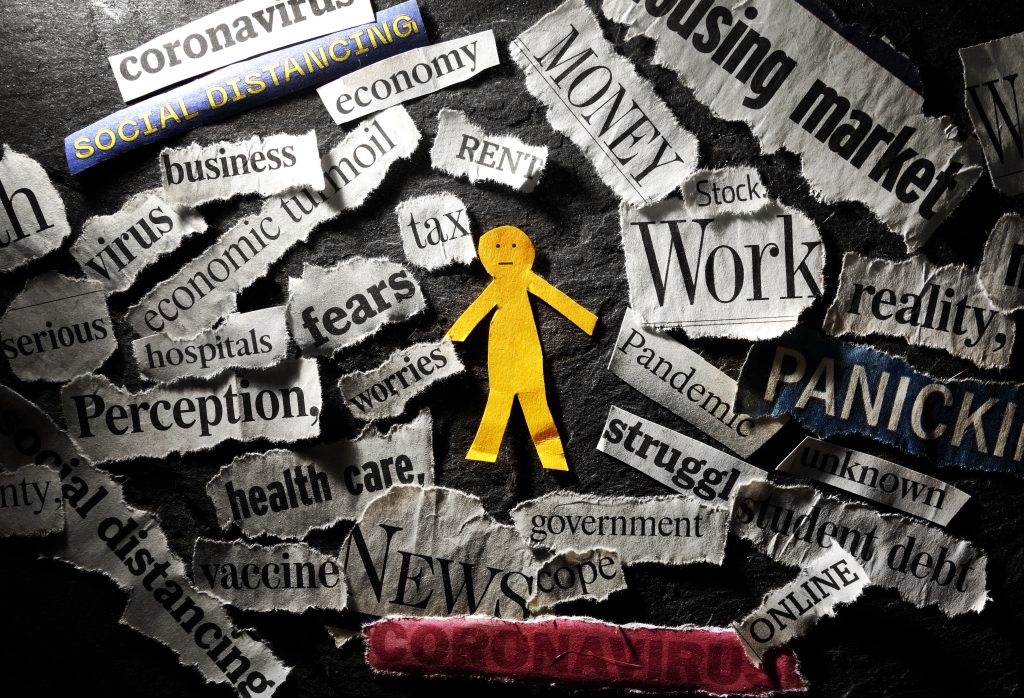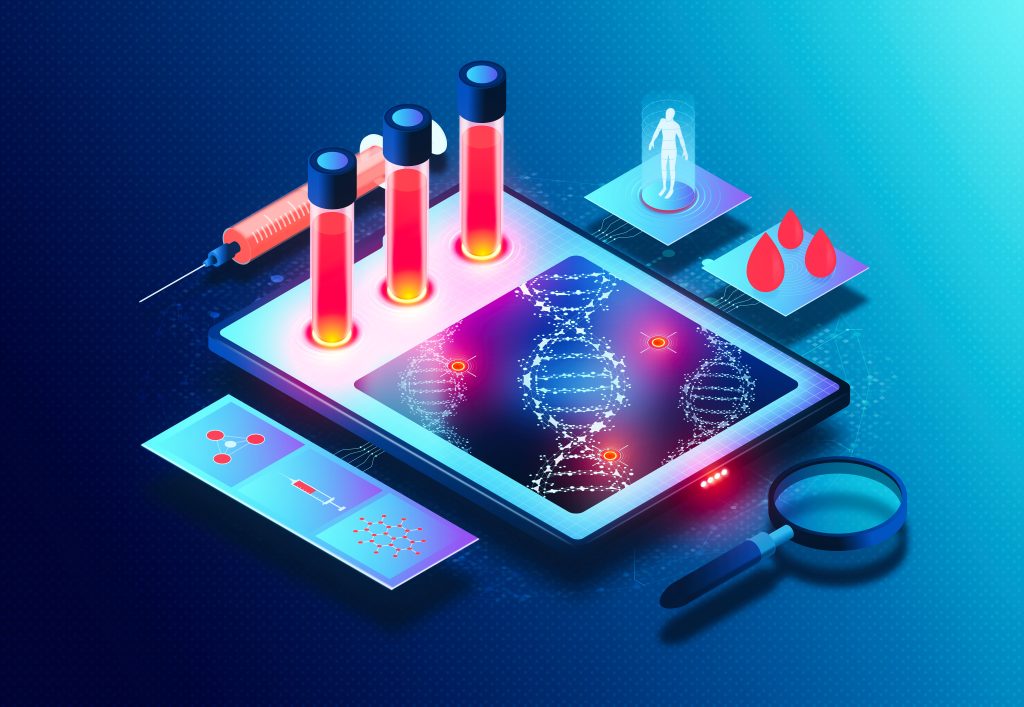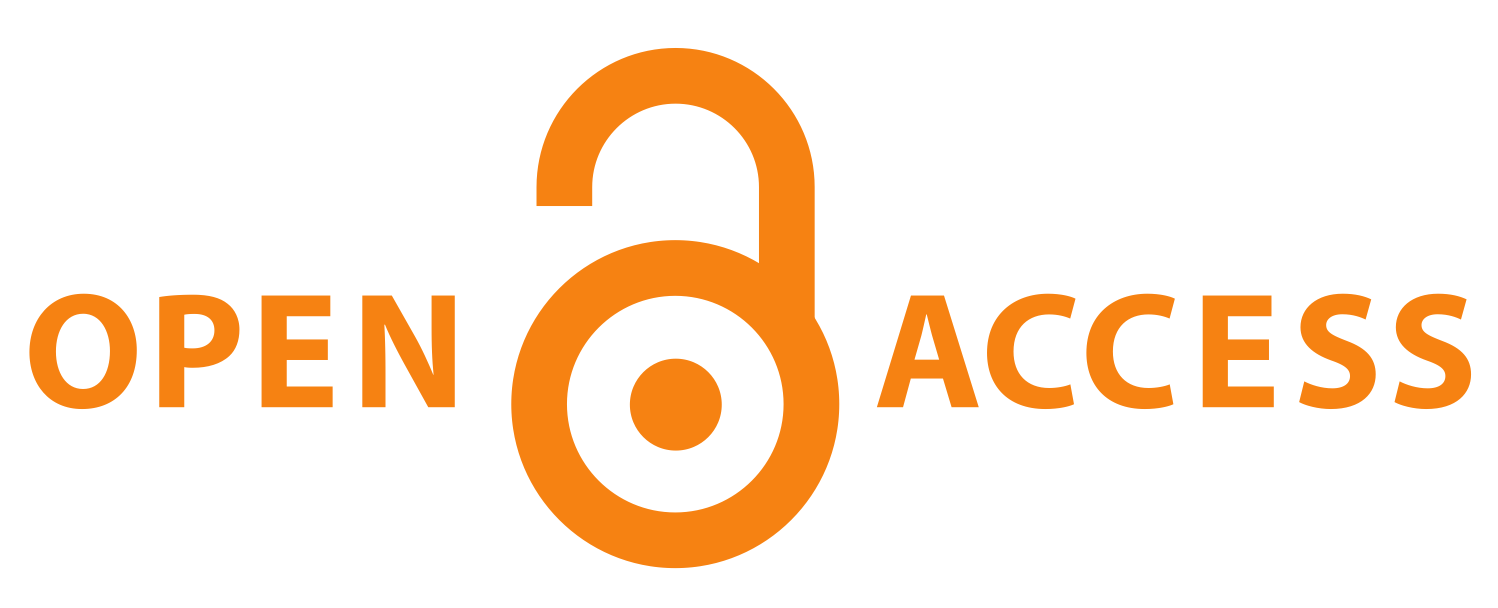SciComm Corner – What to consider before communicating to a non-specialist?
There are a few things that a scientist should consider before communicating to a non-specialist:
• The audience: Who are you trying to reach? What is their level of understanding of science? What are their interests?
• The purpose: What do you want to achieve with your communication? Do you want to educate people about a scientific concept? Do you want to persuade people to take action on a scientific issue?
• The medium: How will you communicate your message? Will you write an article, give a presentation, or create a video?
• The language: How will you express your message? Will you use jargon or technical terms? Will you use visuals or metaphors?
It is important to tailor your communication to the audience, the purpose, and the medium. For example, if you are writing an article for a general audience, you will need to use simple language and avoid jargon. If you are giving a presentation to a group of scientists, you can use more technical language.
It is also important to be clear and concise in your communication. People are more likely to understand and remember your message if it is clear and easy to follow.

Finally, make sure that your communication is accurate. If you are presenting scientific information, it is important to make sure that the information is correct.
Here are some additional tips for communicating science to a non-specialist:
• Start with a clear and concise overview of the topic.
• Use simple language and avoid jargon.
• Explain complex concepts in a way that is easy to understand.
• Use visuals, such as charts, graphs, and images, to help explain your message.
• Tell stories to make your message more engaging.
• Be yourself and let your personality shine through.

By following these tips, you can communicate science to a non-specialist in a way that is clear, engaging, and accurate.
Here are some additional things to consider before communicating to a non-specialist:
• Your own biases and limitations. It is important to be aware of your own biases and limitations as a scientist when communicating to a non-specialist. For example, if you are a climate scientist, you may have a strong personal belief that climate change is real and caused by human activity. However, it is important to present the scientific evidence for climate change in a neutral way, without letting your own biases influence your communication.
• The potential for misunderstanding. When communicating science to a non-specialist, there is always the potential for misunderstanding. This is because non-specialists may not have the same level of understanding of scientific concepts as scientists do. It is important to be aware of this potential for misunderstanding and to take steps to minimize it. For example, you can use simple language and avoid jargon, and you can provide clear and concise explanations of complex concepts.
• The impact of your communication. When you communicate science to a non-specialist, you have the potential to influence their understanding of the world. This is a great responsibility, and it is important to be aware of the potential impact of your communication.
You should think about the audience for your communication and what you hope to achieve with it. You should also be aware of the potential for your communication to be used for harmful purposes.
By considering these factors before communicating to a non-specialist, you can help to ensure that your communication is clear, accurate, and impactful.
ABOUT SCICOMM CORNER
As well as bringing you the latest science through our publication, we also like to share our opinions and insights about the world of science communication. Here we provide practical guidance for scientists and science communicators who desire to communicate science to a broader audience in an effective and engaging manner.
All posts are brought to you by the Scientia team and invited guest bloggers. If you would like to get involved and share your opinion in SciComm Corner then get in touch, we’d love to hear from you: info@sciencediffusion.com
Creative Commons Licence
(CC BY 4.0)
This work is licensed under a Creative Commons Attribution 4.0 International License. 
What does this mean?
Share: You can copy and redistribute the material in any medium or format
Adapt: You can change, and build upon the material for any purpose, even commercially.
Credit: You must give appropriate credit, provide a link to the license, and indicate if changes were made.

Open access vs Public access the case for democratic outreach in academic communication
While the move towards open access and its benefit to the wider scientific community is laudable, it comes at a cost—a cost, like most publishing costs in academia, that is ultimately funded by the general public. In 2023, approximately 45% of academic papers were published as open access. This figure represents a continuation of the growth trend seen in open access publishing over the past decade. This figure is based on all OA models: fully open access (gold), green (self-archived), bronze (free to read without a clear license), and hybrid models. Approximately $2.25 billion of public funds were spent to make those academic papers open access.
